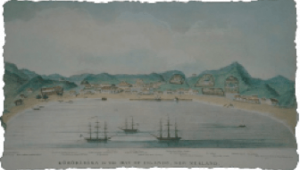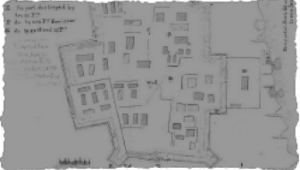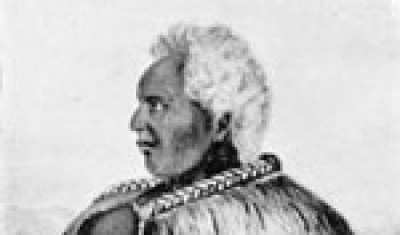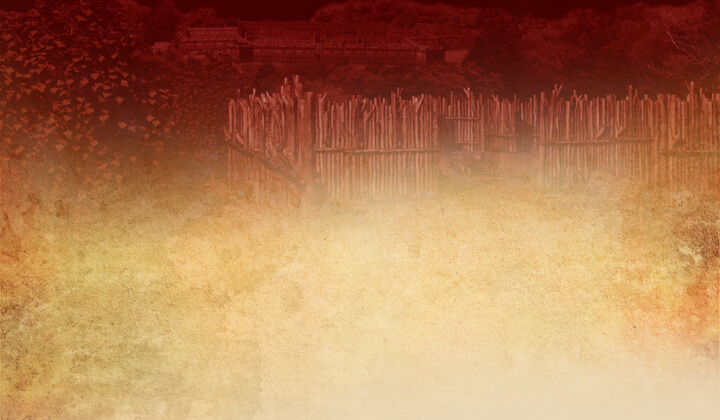
Kawiti's Carronade



Kawiti had a carronade and a 4-pounder gun within the pā, one at the rear and one just inside and above the trench on the western face.1 It wasn’t particularly surprising that the defenders possessed some larger guns.
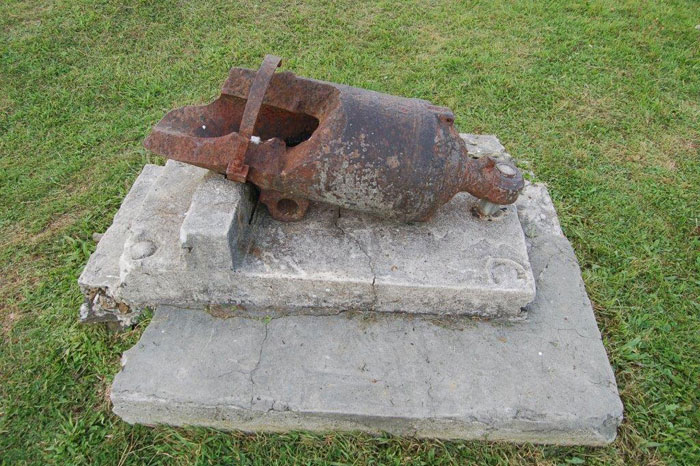
Kawiti's carronade before restoration.
Photo: Department of Conservation
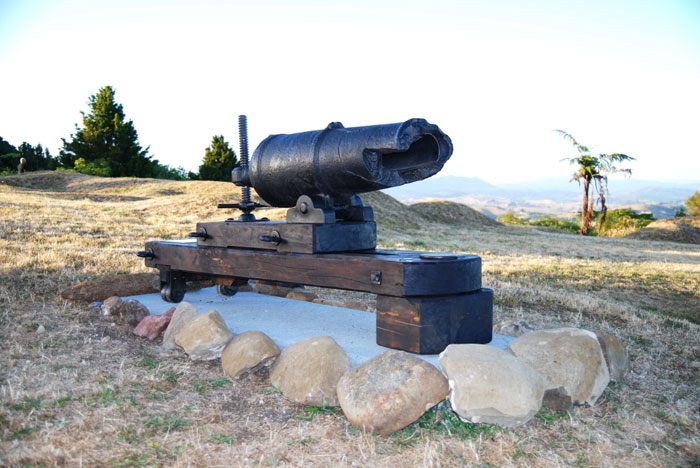
Kawiti's carronade after restoration.
Photo: Department of Conservation
Over the years, Māori had acquired a few artillery pieces.2 There was a gun-battery inside the pā at Ohaeawai comprising two 9-pounders and two smaller pieces. However, at Ohaeawai and again at Ruapekapeka Kawiti was unable to make effective use of his big guns due to a lack of projectiles.3
Before treatment, a large piece of the barrel was in storage at the Whangarei Museum. The pieces were reassembled around an internal steel tube, and the carronade was mounted on a replica wooden carriage.
His Excellency Governor Grey, Camp at Ruapekapeka 14 January, 1846.
SIR, - I have the honour to state, for your Excellency’s information, that in my despatch dated the 12th inst., I omitted to mention, that two guns were taken in the pah, at the Ruapekapeka, - one 12 pound carronade, broken by one of our 18 pound shot; and the other, a 4 pounder, in serviceable order. The latter has been bought away with the troops, and will be conveyed to Auckland.
H. Despard4
Today, there is an 18-pounder carronade on a wooden mount near the centre of Ruapekapkea Pā. The weapon has long been known as Kawiti’s carronade, thought to be one of the pieces of artillery that Kawiti had inside the pā during the Battle of Ruapekapkea. Colonel Despard mentions a broken 12-pounder carronade in one of his official despatches:
A few years ago this gun was in several pieces, held together with a rusty metal band. During a recent re-assembly project, the pieces were re-attached around an internal steel tube, and painted with a rust-resistant coating. During the conservation treatments, engravings were revealed on the side of the barrel. The carronade was manufactured for the British government in a foundry in Falkirk, Scotland. The engraving states the calibre (18-pounder) and the year it was proof-tested (1811).5
1 J. Cowan, 1955:81. Cowan reports it as being a 12-pounder, probably based upon the original despatch from Despard.
2 See J. Cowan, 1955:81; J. Gates, 2001:48
4 Despard, H. Despatch published in The New Zealander, 21 February 1846. www.paperspast.natlib.govt.nz
5 Osborne, J. 2009. Report on Phase One Conservation – Restoration. Unpublished Report for the Department of Conservation.
